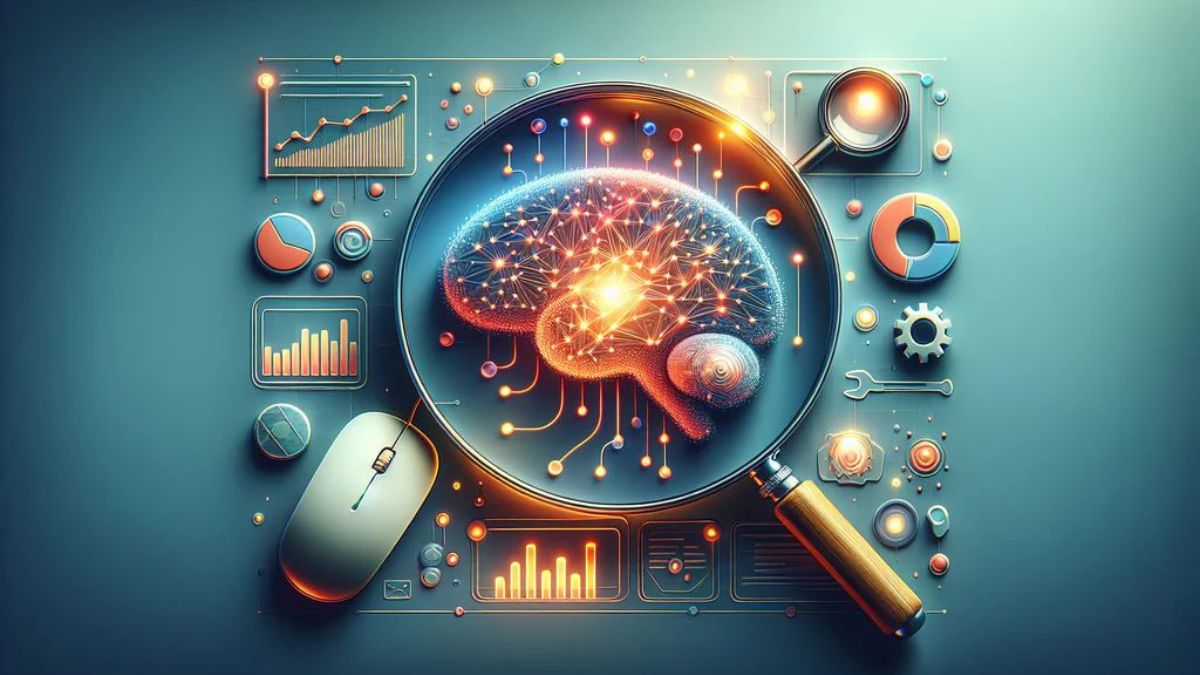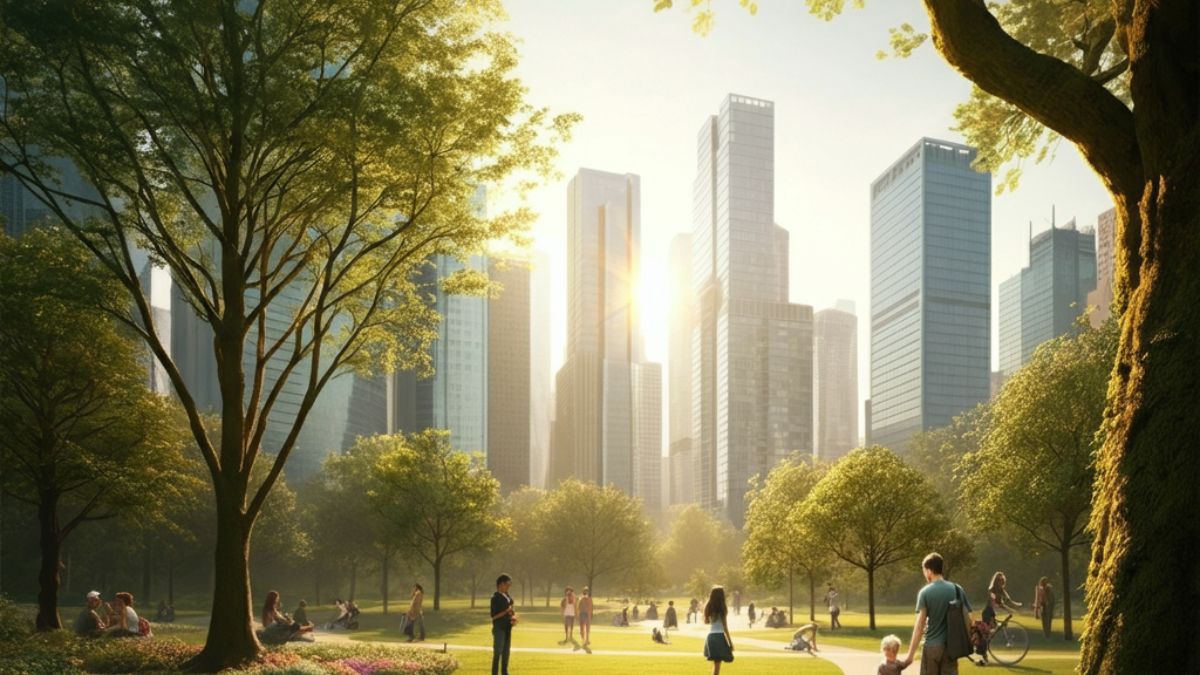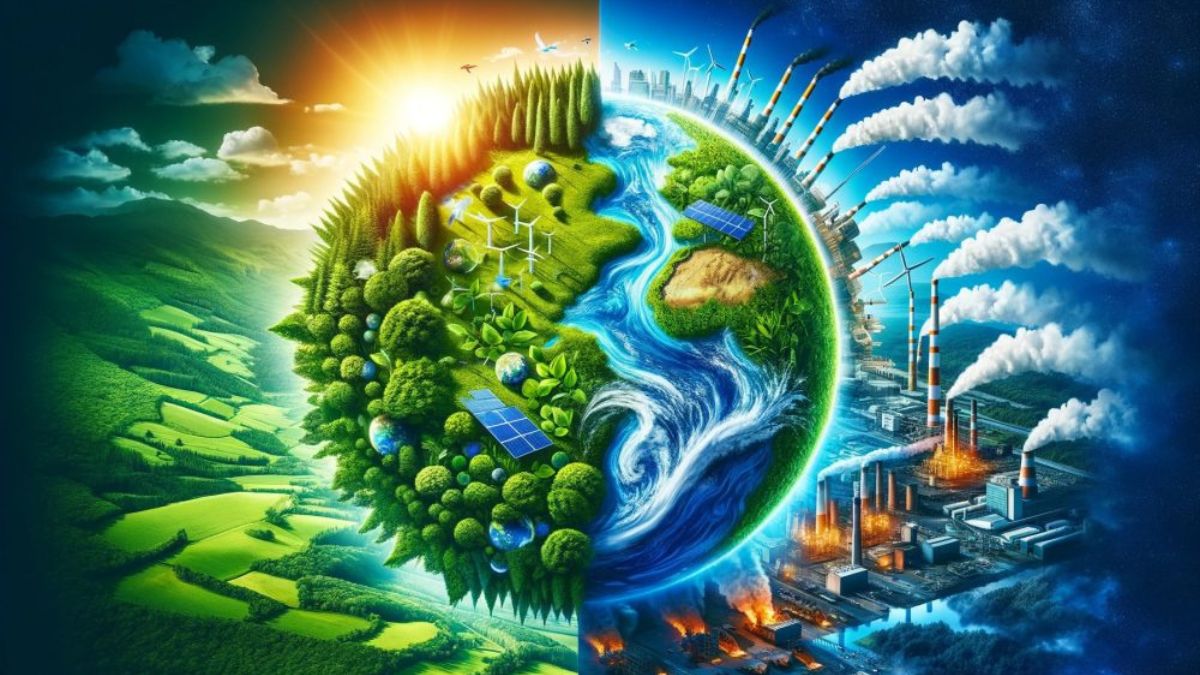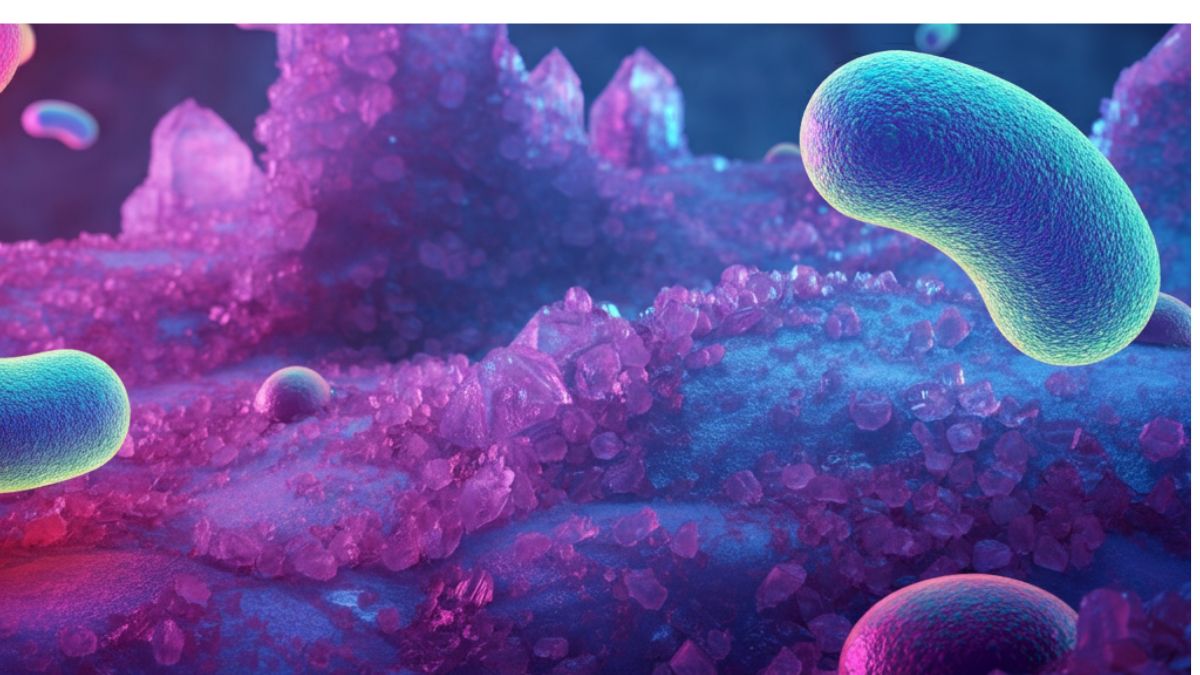The relationship between humans and the environment is as old as humanity itself. Our planet has shaped human life, providing resources, guidance, and even challenges that fostered innovation. Yet, over time, humans have become significant actors in reshaping human environment—sometimes for the better, and other times, at great cost.
This intricate interplay between humans and their surroundings is known as human environment interaction. Today, this concept offers critical insights into the consequences of our actions and how we can strive for a more sustainable coexistence. This blog will explore the foundations of human environment interaction, its positive and negative impacts, and how we can work toward a future where both humanity and the Earth thrive.
What Is Human Environment Interaction?
Human environment interaction refers to the ways humans adapt to, modify, and depend on their natural surroundings. This reciprocal relationship is a fundamental aspect of how societies evolve and develop. It encompasses three primary dimensions:
- Dependence: Humans rely on the environment for resources such as water, food, air, and energy.
- Adaptation: People alter behaviors and lifestyles to adapt to different climates and ecosystems, from building insulated homes in cold areas to developing irrigation systems in arid regions.
- Modification: Humans actively change the environment through urbanization, agriculture, industrialization, and technology.
Understanding these dimensions helps us analyze how human actions affect natural systems—and vice versa.
How Humans Have Shaped the Environment
Throughout history, human activity has significantly influenced landscapes, climate patterns, and biodiversity. Here are some examples of major human-driven changes to the environment:
Agricultural Practices
Agriculture stands as one of the earliest and most impactful ways humans reshaped the environment. By clearing forests and cultivating land, humans transitioned from nomadic lifestyles to settlement-based societies.
- Benefits: Agriculture provided a steady food supply, leading to population growth and the development of civilizations.
- Drawbacks: Deforestation and over-farming have resulted in soil erosion, reduced biodiversity, and water scarcity in many parts of the world.
Urbanization
More than half of the global population now lives in urban areas, a trend that’s expected to increase. Cities often emerge as economic and cultural hubs but come with environmental costs.
- Benefits: Urban centers concentrate populations, reducing land sprawl. They also foster innovation and economic growth.
- Drawbacks: Urbanization contributes to habitat destruction, air pollution, and excessive energy consumption. Concrete jungles disrupt natural ecosystems, creating urban heat islands.
Industrialization
The Industrial Revolution triggered an unprecedented shift in human-environment interactions, introducing fossil fuel reliance and mass production.
- Benefits: Industrialization improved living standards, transportation, and technology on a global scale.
- Drawbacks: Factories and power plants became significant sources of greenhouse gas emissions, air pollution, and deforestation.
Energy Consumption
Modern energy use has revolutionized human life, powering homes, industries, and transportation. However, not all energy generation is environmentally friendly.
- Fossil Fuels: Oil, coal, and natural gas dominate global energy consumption, contributing to climate change and resource depletion.
- Renewable Energy: Solar, wind, and hydro energy sources present a sustainable alternative, though their production still poses challenges (e.g., land use and material extraction).
How the Environment Shapes Human Behavior
While humans influence their surroundings, their environments also play a huge role in shaping human culture, economy, and behavior. Here’s how:
- Climate: Warm climates often cultivate agrarian economies, while harsh winters demand innovations in heating and shelter construction.
- Natural Resources: Regions with abundant water sources typically host larger populations and flourishing agricultural industries.
Additionally, natural disasters like hurricanes, floods, and earthquakes prompt societies to innovate in disaster preparedness and resilience measures.
The Challenges of Modern Interactions
Today, the relationship between humans and the environment is under strain. The magnitude of our actions—combined with a growing global population—has led to several critical challenges:
Climate Change
Burning fossil fuels, deforestation, and industrial processes release greenhouse gases that trap heat in the atmosphere. This leads to rising global temperatures, melting ice caps, stronger storms, and shifting ecosystems.
Loss of Biodiversity
Human activities like deforestation, overfishing, and pollution threaten countless species worldwide. Experts estimate that around 1 million animal and plant species are currently at risk of extinction. This loss disrupts ecosystems and diminishes Earth’s resilience.
Pollution
Single-use plastics and improper waste disposal contaminate ecosystems. Air and water pollution harm both human health and the planet, leaving long-lasting impacts.
How to Promote Sustainable Human Environment Interaction
Changing the way humans interact with the environment can mitigate climate change and preserve our planet. Here are several actionable steps for promoting sustainable practices:
1. Transition to Renewable Energy
Investing in solar, wind, and hydropower can decrease our reliance on fossil fuels, reducing carbon emissions and preserving finite resources. Governments and businesses worldwide are already leading this transition.
2. Protect Natural Habitats
Conservation efforts that protect forests, wetlands, and marine areas can help preserve biodiversity. Organizations like the World Wildlife Fund (WWF) actively strive to maintain these ecosystems for future generations.
3. Encourage Sustainable Agriculture
Farmers can adopt eco-friendly techniques such as crop rotation, organic farming, and sustainable irrigation. Governments can support these practices through subsidies for small-scale and regenerative farms.
4. Reduce Waste
Individuals and companies can minimize their waste footprints by recycling, opting for biodegradable materials, and adopting a circular economy model.
5. Support Reforestation Projects
Planting trees is one of the simplest and most effective ways to improve air quality, absorb carbon dioxide, and restore ecosystems.
6. Adapt Technologies
Smart cities equipped with energy-efficient buildings, waste management systems, and green public transport can significantly reduce environmental strain.
Building a Harmonious Future
The relationship between humans and the environment is evolving. While technology and globalization have created new challenges, they’ve also provided the tools to respond to them.
Creating harmony between humanity and nature isn’t just an ideal; it’s a necessity. Governments, organizations, and individuals all play critical roles. Together, we can learn from past interactions, build more sustainable practices, and redefine what human environment interaction can achieve moving forward.
If you’re interested in exploring actionable environmental strategies or contributing to sustainability initiatives, now’s the best time to act. Start small—reduce your energy use, support renewable technologies, and advocate for change. The planet depends on what we do next.









